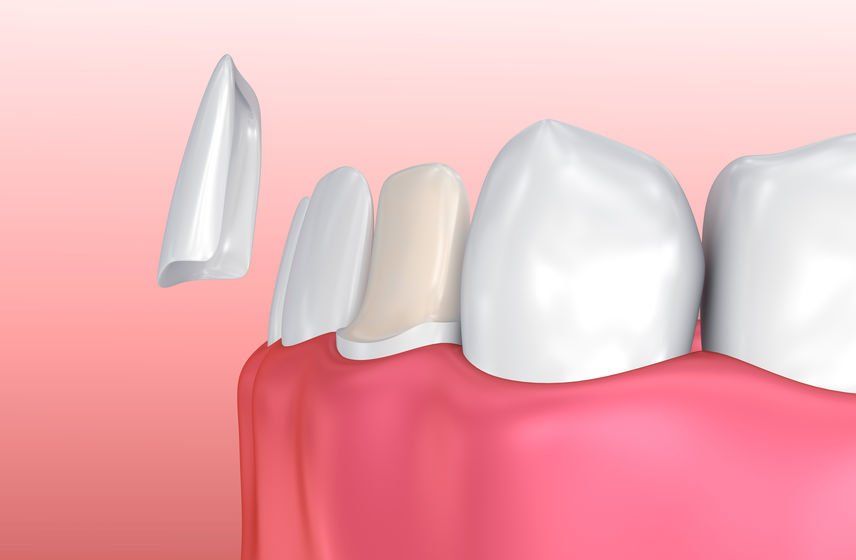What’s the Difference between Veneers and Bonding?
- By Mary Marks
- •
- 11 May, 2021
- •

There are 2 types of dental treatments that can greatly improve a patient's physiognomy: veneers and bonding. Applied correctly, both can make your smile more beautiful, but what is the difference between the two? And how can you know which is the best choice for you?
Ceramic veneers
Ceramic veneers are perhaps the most beautiful restorations in the field of dental aesthetics. They are made at the dental laboratory according to a print taken by the dentist.
Ceramic veneers are strong enough to cover much larger spaces than bonding; consequently, they can be used in all clinical situations that have restoration as a treatment option. Ceramic veneers are extremely strong and durable, they rarely crack or chip and have excellent color stability. The lifespan can reach up to 15-20 years, if properly cared for. Dental veneers are translucent and they reflects light almost like natural dental enamel, see https://coloradosedation.com.
Dental bonding
Composite materials cannot restore large spaces; for this reason, most specialists do not recommend them for very short and abrasive teeth, extensive dental fractures or for closing large and unsightly spaces between the teeth. Dental bonding is convenient because it can be made during a single visit to the dentist; on the other hand, ceramic veneers require at least two visits. Additionally, dental bonding is cheaper (half the price of ceramic veneers).





Although oral sedation dentistry Highlands Ranch is one of the optionsavailable for managing anxiety and discomfort during oral surgery, you certainly do not need to use it all the time. As a matter of fact, the exact type of sedation or anesthesia that you receive during oral procedures may depend on various factors, such as the complexity of the procedure, your medical problems, as well as your doctor’s preferences.
There can be several different levels of sedation that can be used in oral surgery. Local anesthesia is one of them. This involves injecting anesthetic medication into the specific area where the surgery will take place. It numbs the area and is often used for less invasive procedures.
Oral sedation involves taking medication in the form of a pill to induce a state of relaxation and drowsiness. The patient is still conscious, but he/she may not be fully aware of the procedure. At any rate, sedation helps him/her get rid of anxiety.
In the case of intravenous sedation, medication is administered through a vein, which induces a deeper state of sedation than oral sedation. Patients may still be conscious, but they are less aware of their surroundings and may not remember the procedure.





